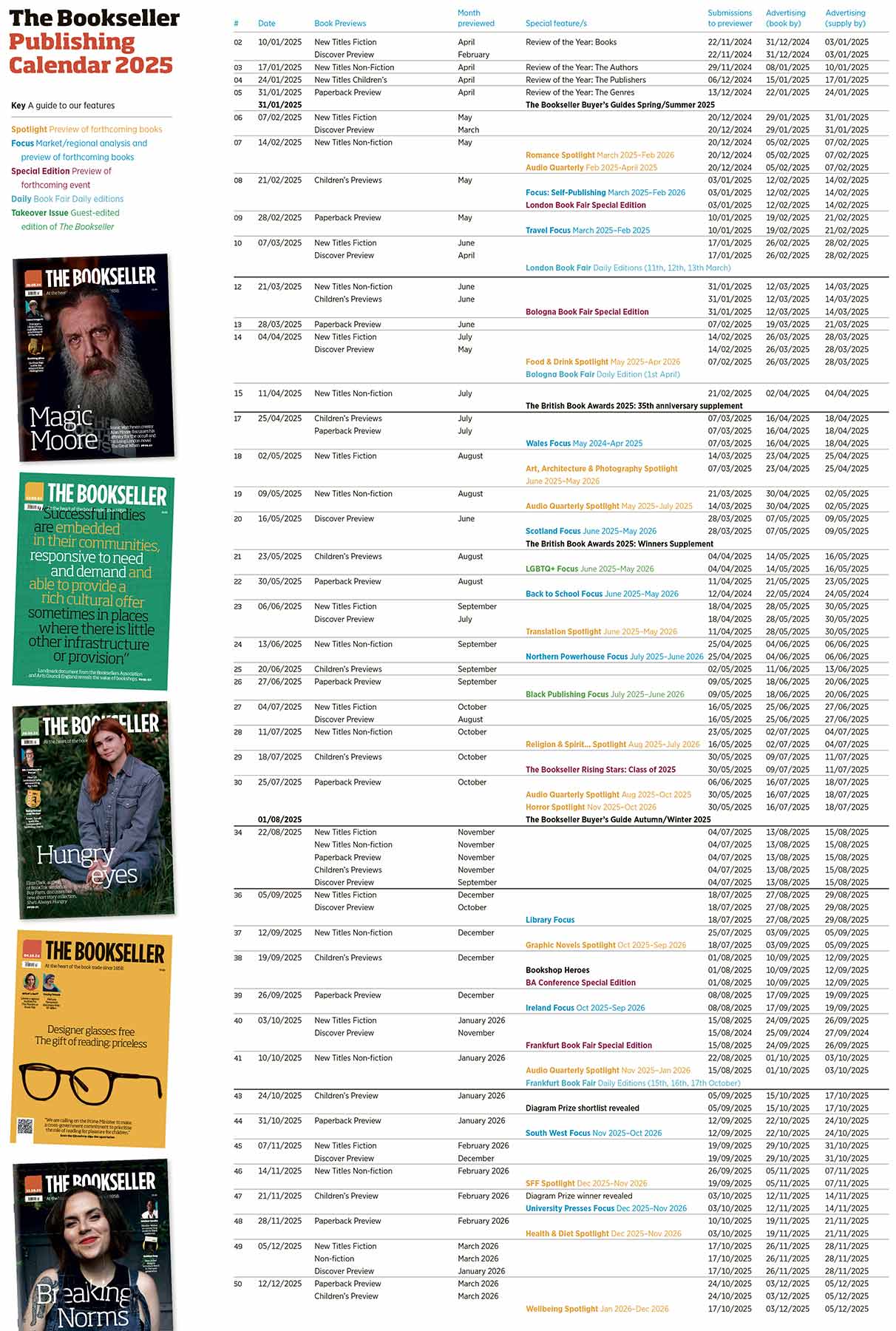You are viewing your 1 free article this month. Login to read more articles.
Not leading the way
The publication of books on leadership and workplace success by women of colour is a rarity, meaning the discourse available is very limited
As the world around us becomes more aware of the importance of representation, many of us would like to think that it is easier to talk about race, intersectional identities and how they shape our daily lives. When it comes to workplaces, conversations around the gender pay gap and diversity in hiring can be seen everywhere, so clearly that signifies some sort of change. Theoretically, we would be right.
But what about when we look at who gets to lead these conversations in the first place? The truth is, when it comes to women of colour getting a seat at the table, there are plenty of conversations about them—but it’s far more difficult to see conversations that are being led by them. As author Minda Harts pointed out with the Lean In phenomenon, “I felt that it’s hard to ‘lean in’ when you’re not even in the room.”
The power vacuum
Books on leadership and workplaces are popular—particularly among younger people looking to “hustle” and make it big. But when you search “leadership” on Amazon’s books page, there are no books written by women of colour on the first page. There aren’t any on the second page either. It takes a search on “leadership books by women of colour” to find any real attention given to diverse voices in leadership literature. The number of books written by women of colour within entrepreneurship and leadership is shockingly low; the chance of getting any sort of press or media attention is slim. If you ask me about specific numbers I probably couldn’t tell you—because I couldn’t find any examples of such books getting coverage. It leads me to believe that we simply never thought that the current discourse around leadership was wrong in any way.
The message that gets put out is simply that women of colour have no place in leadership or entrepreneurial roles. Despite the criticism they face, books such as Sheryl Sandberg’s Lean In still make it big because they fit the criteria of what a successful businesswoman should look like
The message that gets put out is simply that women of colour have no place in leadership or entrepreneurial roles. Despite the criticism they face, books such as Sheryl Sandberg’s Lean In still make it big because they fit the criteria of what a successful businesswoman should look like.
It also creates a divide around which conversations in the workplace are appropriate for women of colour. The books written by women of colour on leadership that do get attention are usually about identity issues, and the sheer rarity of these books—along with the pressure to always write about identity or trauma—turns women of colour into “outside” voices. What that marginalisation and “othering” fails to discuss is the systemic challenges women of colour face in climbing the ladder. An article that looked at the barriers women of colour face at work quoted a book written by a white man, because clearly women of colour are not considered worthy of giving out advice or shaping success stories, and must be taught by others at all times.
Recommended reading
This clear gap in conversations around women of colour in the workplace is also what makes books such as Winsome Duncan’s Pioneering Women Speak and Sonya Barlow’s Unprepared to Entrepreneur stand out. Barlow’s accessible approach to entrepreneurship and breaking down her own journey has led to media outlets and business experts alike praising her for telling it like it is, and for detailing the realities of being an entrepreneur.
In advance of the book’s launch, Barlow points out the consequences in having diverse voices within leadership conversations. “The lack of diversity within leadership and business discourse reflects the same phenomenon happening in the real world. There is a distinct underrepresentation of leaders that are women, belong to an ethnic minority, have a disability or are neurodiverse. This lack of representation contributes to people from different backgrounds feeling that they don’t have what it takes to be an entrepreneur, build a business, be a successful leader or provide a representative product,” she says.
The truth is, glamour sells, but so does trauma. And so we neatly package certain people into these specific categories to the point where we are so used to seeing the journeys of women of colour through a trauma-filled lens that we refuse to let them out of being the “other”. Pioneering Women Speak refuses to capitalise on that trauma; instead, publisher and author Duncan talks about creating opportunities for women of colour in a way that lets them own their work, create additional income streams and find the best ways to further their brand. It’s a book that talks about solutions, and focuses on giving women from marginalised backgrounds a real chance at challenging many of the systemic barriers we so often ignore in leadership literature.
What we need to focus on most of all is why books like those by Duncan and Barlow are still so rare. It could be because we don’t see the experiences of women of colour as being relevant to a broader audience in leadership. That needs to change. Women of colour can no longer be a separate, tokenistic category to tick off in the workplace, and that is only going to change when literature by women of colour is considered as important and universally relevant as books by white men and women.
Anmol Irfan is a Muslim Pakistani freelance journalist, writer and avid reader who aims to champion for intersectional feminist beliefs with her work. She tweets @anmolirfan22


















